Francis Alÿs (born in Antwerp in 1959, living in Mexico City since 1986) in the course of his fruitful artistic career has created a series of truly significant works that touch upon themes and problems of our times. In his work it is customary to mix the languages (albeit with innovative flexions) of performance, video art, relational and social practice, painting. At the base of his poetics we find some political denunciation drives, that are grafted on a clear vision of poetic intimacy, yet, if we want to think of some recurring signs in his language, we can summarize as follows: the centrality of man and the context in which he lives. However, the first thing that comes to mind when referring to Francis Alÿs is that this artist has crossed continents to compete with realities very distant from each other without ever asking the question: what am I doing here? The questions he has asked himself are quite different, such as: what should be the life model of a human being? what are the contradictions between modernity and modernization? should any tradition be abandoned on the street? does the model of economic development have to be truly unique? is there always a need to dominate other people? are the ghosts of our past something disturbing? can there be a moral in our daily actions? Furthermore, in the face of this immersive and engaging work, we can enunciate these three words that can be made to sound like slogans: we are “amazed” (Aristotle), we are “pierced” (Thomas Mann), we are “saved” (Fëdor Dostoevskij), in the sense that his images surprise us, anchor us to the problem and show us a possible escape route.
Through his wanderings, apparently harmless and completely random, Francis Alÿs not only thinks of the city or towns he passes through, but shapes stories in them, circulates rumors, maps the social fabric through actions that are sometimes short, sometimes extended and articulated, sometimes using an accessory that acts as a catalyst to tell tales where a body becomes the protagonist and interpreter of space. In most of his early films, the artist assumes the role of those who offer this propulsive thrust (as in the incredible 1990-1992 “The Collector”, shot in Mexico City and in the even more dreamlike “Zapatos magnéticos” shot in Cuba in 1994); later, starting from 1999, he moves behind the camera, as in the “Children’s Games”, a cycle still ongoing and which sees a collection of truly curious images that bring to the surface memories of a past still present in our memory ( see for example the videos “Game # 1: Caracoles” 1999; “Game # 5: Revolver” 2009; “Game # 7: Stick and Wheels” 2010; “Game # 12: Musical Chairs” 2012; “Gale # 17: Chunggi “2017). In particular, these videos, made in various countries (but in situations of poverty and beyond the control of adults, given that we are talking about street games), propose a conjunction between the imaginary worlds of childhood and the imaginary spaces of artist.
Specifically, “Reel-Unreel” [2011, 19.32 min, video made in Kabul in collaboration with Julien Devaux and Ajmal Maiwandi, commissioned by dOCUMENTA (13), produced with the support of David Zwirner Gallery, and presented at the MCBA in Lausanne together with paintings and works on paper], although it does not belong to the design cycle of “games” in some way it can be linked to it, since it is inspired by the classic game of a “wheel” that must be made to run, without letting it fall. Actually, in the video for most of the shots the attention is focused on two reels that a couple of children have to run, unrolling and rewinding the film (the red reel unwinds the film while the blue one must rewind it). Obviously the scenic backdrops (the details of the houses and streets battered by the conflict, the flocks of sheep that cross the city, the garbage scattered almost everywhere, the helicopters flying over the city, the children’s clothes, the background noises, the continuous flow of vehicular and pedestrian traffic) become part of a wider contact with reality. The game then becomes a pretext and fiction and filter of an expanded discourse, let’s say, projected on the level of the denunciation, given that in the credits one can read this text: “On the 5th of September 2001, the Taliban confiscated thousands of reels of film from the Afghan Film Archive and burned them on the outskirts of Kabul. People say the fire lasted 15 days. But the Taliban didn’t know they were mostly given film print copies, which can be replaced, and not the original negatives, which cannot “. Of course, the sad obscurantist epilogue, with the withdrawal of Western forces from the country and the return to power of the Taliban, is unfortunately known to everybody: this is why this film remains a truly exceptional and significant document and should be disseminated to the four corners of the planet, and it should be discussed as it was used to do in cineforums in the seventies. In particular, the film makes us think a lot also for the quality of the details and the close-ups, so much so that it is natural to emphasize the author’s ability to plan a film that is then made in a neorealist way, that is with “actors” taken from the street. But not only that, it should also be noted the ability to grasp the pauses that are inserted in the path of the images; this is why an evident slowness of execution and a false naivety have helped to bring together all the pieces of the narrative. What actually seems incredible is how Alÿs managed, with great ease, to slip between people and follow the flow of life (or of the reel to be understood as a symbol of the thread of life) to build a highly effective plot and a context marked by strong and dramatic, and dangerous contrasts. “Reel-Unreel” is all of this and is a pertinent example of a highest quality. Experience.
Francis Alÿs’ work is represented by excellent galleries (such as David Zwirner from New York, Peter Kilchmann from Zurich, Jan Mot from Brussels), while the exhibition “As Long as I’m Walking” for the Lausanne Museum, which offers us a perfect overview of his work over the past thirty years, is signed by Nicole Schweizer. And it is precisely this exhibition that allows us to think that there is still some possibility in the world to expose a non-homologated thought, because although money normally conditions our consumers’ brains, every now and then some unpredictable stumbling block is something not to be ignored, especially when difficult and even unattractive topics manage to find their own space for communication. Praise therefore goes to the Musée cantonal des beaux-arts which hosts this exhibition and to the galleries that support the work of Francis Alÿs.
Roberto Vidali
Info:
Francis Alÿs, As Long as I’m Walking
15/10/2021 – 16/01/2022
PLATEFORME 10
MCBA
Musée cantonal des beaux-arts
place de la Gare 16
1003 Lausanne
+41 21 316 34 45
info.beaux-arts@vd.ch
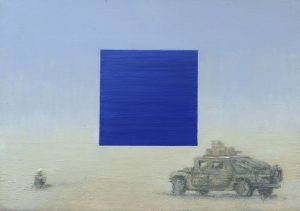 Francis Alÿs, Untitled (2nd Battalion Parachute Regiment), 2013. Photo © David Zwirner, New York
Francis Alÿs, Untitled (2nd Battalion Parachute Regiment), 2013. Photo © David Zwirner, New York
 Francis Alÿs, Retoque/Painting, 2008, stampa fotografica da video (8:31 min). Videostill © Eye Filmmuseum, Amsterdam
Francis Alÿs, Retoque/Painting, 2008, stampa fotografica da video (8:31 min). Videostill © Eye Filmmuseum, Amsterdam
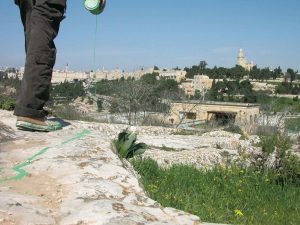 Francis Alÿs, The Green Line, 2004, still da video (17:41 min). Videostill © Francis Alÿs Studio
Francis Alÿs, The Green Line, 2004, still da video (17:41 min). Videostill © Francis Alÿs Studio
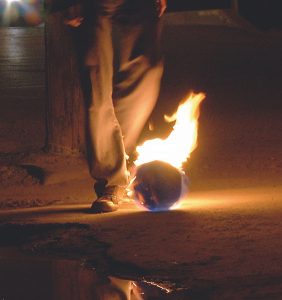 Francis Alÿs, Paradox of Praxis 5, (Sometimes We Dream as We Live and Sometimes We Live as We Dream), 2013, still da video (7:49 min). Videostill © Francis Alÿs Studio
Francis Alÿs, Paradox of Praxis 5, (Sometimes We Dream as We Live and Sometimes We Live as We Dream), 2013, still da video (7:49 min). Videostill © Francis Alÿs Studio
 Francis Alÿs, Reel-Unreel, 2011, still da video (19:32 min). Videostill © Francis Alÿs Studio
Francis Alÿs, Reel-Unreel, 2011, still da video (19:32 min). Videostill © Francis Alÿs Studio
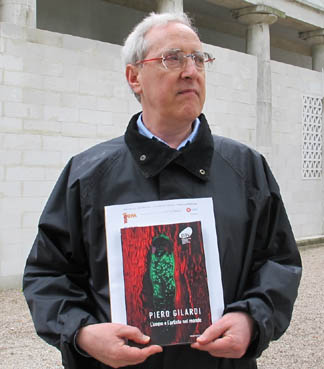
He is editorial director of Juliet art magazine.



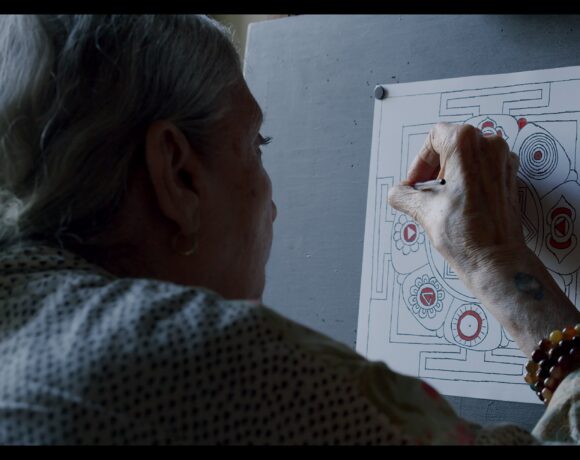
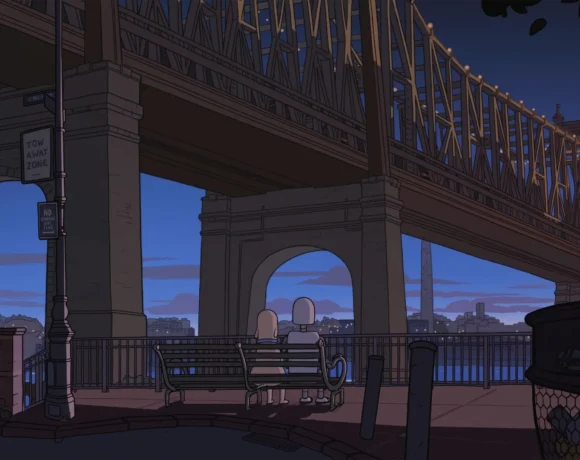

NO COMMENT